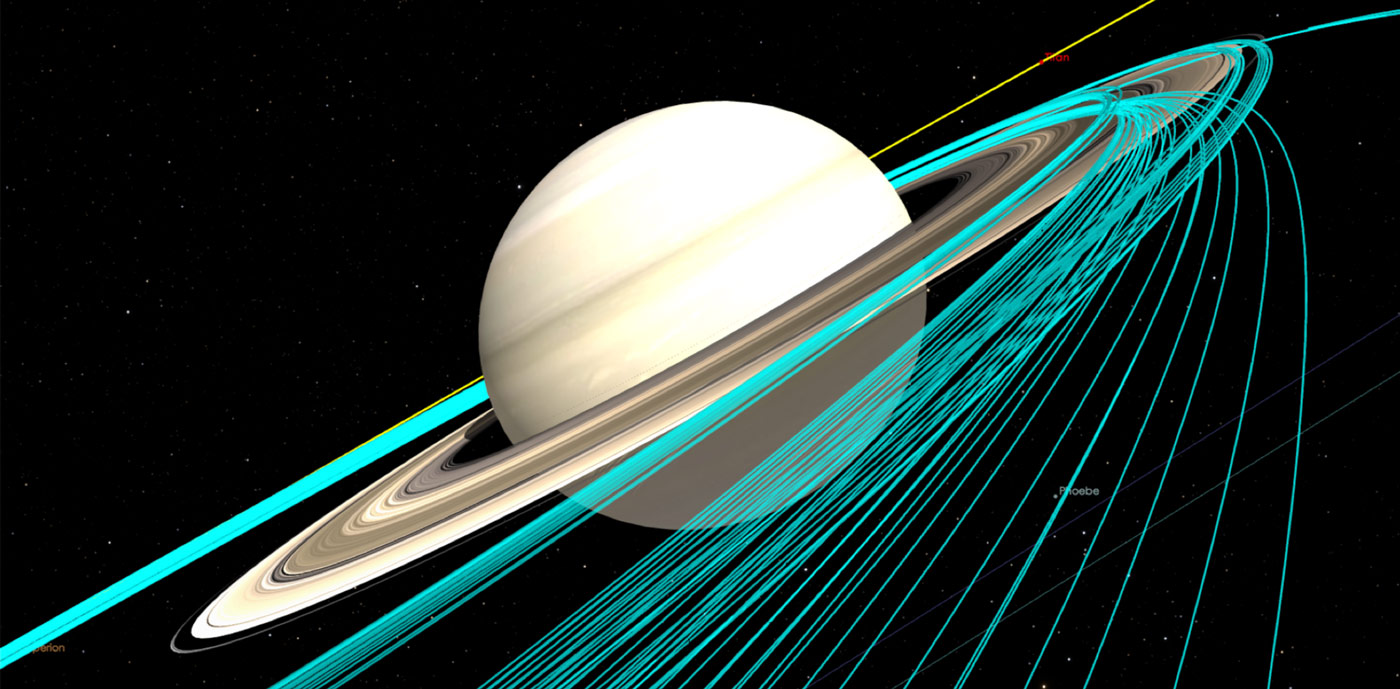
A white paper to be submitted to the 2023 Planetary Science Decadal Survey
Matthew S. Tiscareno1, Mar Vaquero2, Matthew M. Hedman3, Hao Cao4,
Paul R. Estrada5, Andrew P. Ingersoll6, Kelly E. Miller7, Marzia Parisi2, David. H. Atkinson2, Shawn M. Brooks2, Jeffrey N. Cuzzi5, James Fuller6, Amanda R. Hendrix8, Robert E. Johnson9, Tommi Koskinen10, William S. Kurth11, Jonathan I. Lunine12, Philip D. Nicholson12, Carol S. Paty13, Rebecca Schindhelm14, Mark R. Showalter1, Linda J. Spilker2, Nathan J. Strange2, Wendy Tseng15
1SETI Institute, 2NASA/Caltech Jet Propulsion Laboratory, 3University of Idaho, 4Harvard University, 5NASA Ames Research Center, 6Caltech, 7Southwest Research Institute, 8Planetary Science Institute, 9University of Virginia, 10University of Arizona, 11University of Iowa, 12Cornell University, 13University of Oregon, 14Ball Aerospace, 15National Taiwan Normal University
Summary: The innovative Saturn Ring Skimmer mission concept enables a wide range of investigations that address fundamental questions about Saturn and its rings, as well as giant planets and astrophysical disk systems in general. This mission would provide new insights into the dynamical processes that operate in astrophysical disk systems by observing individual particles in Saturn’s rings for the first time. The Ring Skimmer would also constrain the origin, history, and fate of Saturn’s rings by determining their compositional evolution and material transport rates. In addition, the Ring Skimmer would reveal how the rings, magnetosphere, and planet operate as an inter- connected system by making direct measurements of the ring’s atmosphere, Saturn’s inner magnetosphere and the material flowing from the rings into the planet. At the same time, this mission would clarify the dynamical processes operating in the planet’s visible atmo- sphere and deep interior by making extensive high-resolution observations of cloud features and repeated measurements of the planet’s extremely dynamic gravitational field. Given the scientific potential of this basic mission concept, we advocate that it be studied in depth as a potential option for the New Frontiers program.
Click Here to view full paper as a PDF
